From Jill Scharff and Caroline Sehon
Betty Benaim, Doug and Sharon Dennett, David and Jill Scharff, Caroline Sehon, Yolanda Varela and Lea Setton (faculty of the International Psychotherapy Institute (IPI) and the International Institute for Psychoanalytic Training (IIPT) at IPI, and IPI-Panama faculty member and candidate Katia Paredes attended the International Psychoanalytical Association (IPA) Congress in Prague this summer. We met some IIPT adjunct faculty there too – Ira Brenner, Ted Jacobs, Otto Kernberg, Mary Kay O’Neill, Virginia Ungar, Vamik Volkan, and Rick Waugaman. The panel meetings were excellent, with proficient powerpoint and display of text .
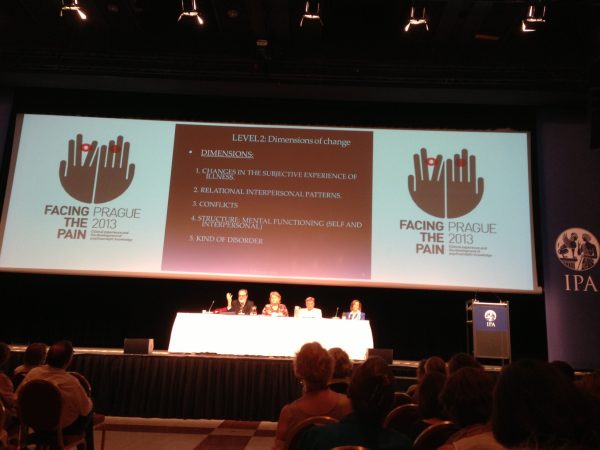
Some of the small discussion groups were equally good, but others proved to be under-attended, although they had been fully subscribed. The Congress design was very good and the presentations were of high quality, especially the case reports and discussions.
Various roles of IIPT faculty members before and during the Congress
Sharon Dennett was busy with meetings for training directors and supervising analysts of IPA institutes in her role as Training Director of the Vermont Study Group. She also attended a pre-Congress workshop on initiating psychoanalysis. Sharon noticed that the IPA is making a big effort to translate and make accessible writings in multiple languages into English to give them a larger audience and to facilitate cross cultural communication among analysts from all regions.
Betty Benaim attended the Presidents’ Meeting in her role as Chair of the Panama Study Group, chaired by Marvin Margolis (USA). Betty found it a good opportunity to learn about the experience of psychoanalysis in other countries and to realize that the main goal everywhere is outreach to the younger psychologists to train them in psychoanalysis. She realized how much of what was being recommended is already being done in Panama where they have groups of young candidates. Ten years ago there was one analyst in Panama. Now there are seven, and soon a group of younger candidates will be graduating. Betty was also pleased that the schedule included small discussion groups, that being something that IPI members value so much.
David Scharff organized a pre-Congress workshop on behalf of the IPA Committee for Couple and Family Psychoanalysis, to which he was appointed in 2011 as chair following the death of Isidoro Berenstein.
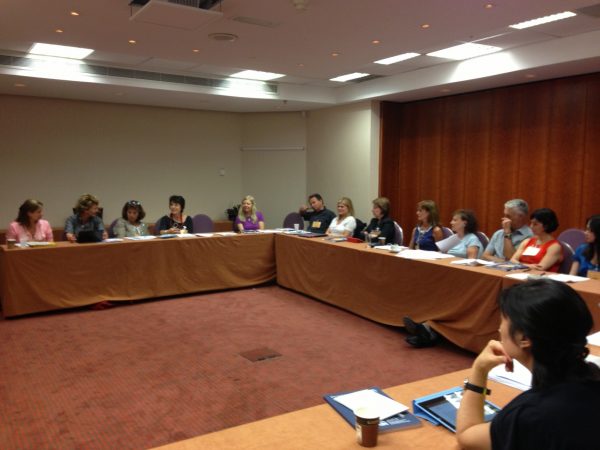
Over a day and a half, three cases were presented from Mexico, Italy and Brazil, each had two discussants, and all of them generated lots of group discussion about couple and family dynamics — no-entry and spoiling defenses against the therapist as an intrusive, non-understanding object, collusive antilibidinal links and terror of entrapment in a couple relationship, violence as a desperate attempt at ending conflict, the therapist’s need to titrate optimal distance to avoid wounding the family with a psychotic core, and her provision of containment and space for thinking. Later in the week, David met with the committee (colleagues from Britain, Rome, Brazil, Mexico, Australia, Spain and China). Among other business concerning future directions, they discussed with great enthusiasm their participation in the February 6-9, 2014 IPI weekend, chaired by Janine Wanlass (Chair of Couple, Child and Family program at IPI) and David, when some of these international colleagues will travel to Washington to join IPI members in discussing the frame and the process of assessment and evaluation in couple and family therapy.
Jill Scharff organized and chaired a teleanalysis working group discussion at which Caroline Sehon presented a vignette to illustrate working in the transference in teleanalysis.
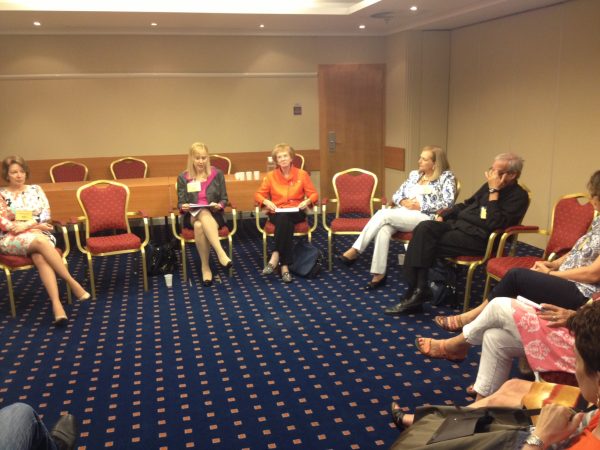
Participants included Mary Kay O’Neill, an IIPT adjunct faculty member introduced to Jill and the group by Sharon. Thanks to that meeting, Jill was invited to present on teleanalysis at the Post-Termination Workshop that Mary Kay chairs at the January meeting of the American Psychoanalytic Association. The lively discussion at the teleanalysis working group meeting served as a wonderful celebration of the newly published book Psychoanalysis Online (Karnac 2013), including chapters by IPI authors Mike Stadter, Karen Mohatt, Sue Cebulko, Jill Scharff (editor), David Scharff, Nancy Bakalar, Caroline Sehon, Betty Benaim, Yolanda Varela, Lea Setton, Geoff Anderson, Janine Wanlass, and IIPT adjunct faculty members Ernie Wallwork and Sharon Zalusky Blum.
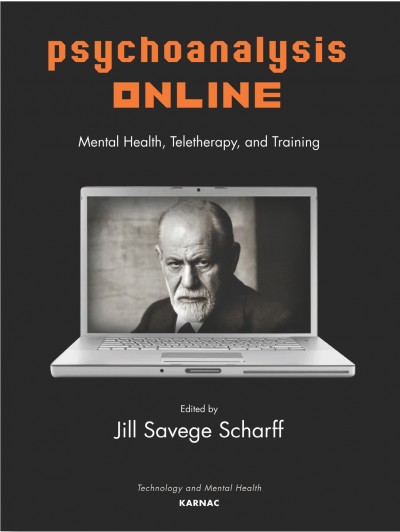
A few highlights from some of the main IPA Congress panels and papers:
In “Tracking Transformations in Psychoanalytical Process: Unconscious and Explicit” Ricardo di Bernardi laid out the three-level model. Applying the model to vivid clinical material presented with empathy and precision by Michael Sebek (Czech Republic), Margaret Hanly (Canada) compared process notes taken at anchor points in the analysis in relation to a selected focus captured in the question, “How is the patient using the analyst at this moment?”
In “Mourning & Melancholia: After the Holocaust: A Psychoanalytic Exploration of the Deaths of Jean Amery, Paul Celan, and Primo Levi” panelists Samuel Gerson (USA), and Rachel Rosenblaum (France) explored why holocaust survivors who have written about the horrors they witnessed or experienced take their own lives in later years: The holocaust writer-survivor is a reluctant witness, caught between telling and not telling, until he decides to disclose the trauma — at which point he may perceive pain for the first time, and after speaking out, may identify the larger community as an indifferent world, and introjectively identify with it as a dead mother-object that ultimately turns against the self.
The Committee on Psychoanalysis and Culture tackled the challenge to psychoanalysis of virtual reality. Gerhard Schneider called us to become acquainted with the world of young people whose sense of time and self-concept and expression of intelligence is unfamiliar to older analysts. Drew Tillotson (USA) and Raquel Berman (Mexico) gave exquisitely relevant clinical material to illustrate the challenge to the frame, the erasure of time and space, the illusion of connection, and the use of a communication device as a psychic retreat or a bridge to mindfulness. Adela Abuela Garcia (Switzerland) asked whether, in this world of overstimulation and hyperacceleration, slow, careful listening can survive the demand of the urgent response.
In “Facing the Pain in Psychoanalysis With Severely Traumatized Chronic Depressed Analysands: New Ways in Conceptualization and Treatment,” Marianne Leuzinger-Bohleber (Germany) presented her research findings, showing powerful causal links between trauma and depression, and stated that “in the absence of trauma, genetic vulnerability is usually not enough to lead to depression later in life.” Discussant Otto Kernberg (USA, and IIPT adjunct faculty) advocated for worldwide, psychoanalytic research studies to investigate the links between neurobiological and psychodynamic etiologies for depression, and he underscored the tremendous value of an object relational way of thinking and working with individuals suffering from depression and trauma. Marianne will present research on trauma with her husband Werner Bohleber at IPI in Denver, October 18-20, 2013.
Ted Jacobs, IIPT adjunct faculty member, chaired a panel that he designed, The Analyst’s Pain: The Management and Utilization of Frustration, Rage, Despair, and other Troubling Affects in the Process of Analyzing. Ted assembled presenters from three separate countries and analytic traditions: Ilany Kogan (Israel), Bernard Reith (Switzerland) and Brian Robertson (Canada, IIPT adjunct faculty), and Caroline Sehon was the reporter. The panel examined the various kinds of pain that analysts and patients experience within the transference-countertransference field and explored the emotional wounds inflicted by the patient and potentially the analyst, not only within the analytic consultation room but also within the wider professional community. The panelists presented countertransference of various kinds – sadomasochistic feelings, helplessness, and sexual tension – and described unconscious enactments that contaminated the analytic field in disappointing and surprising ways that they then worked with in the service of advancing the analytic project. The audience joined the panelists in bearing witness to pain and distress in the heat of the analytic encounter and to the benefit of having battled the raw feelings that cut right to the core (For a detailed account, see Caroline Sehon’s report in the forthcoming Congress issue of the IJP).
Anne Alvarez (London and IPI guest speaker) gave a delightful interview about her theory and practice with children.
Ron Britton (London) received the IPA award for outstanding scientific achievement. Ron confirmed that he will come to Washington as IPI weekend distinguished guest speaker, October 17-19, 2014.
A glimpse of the new presidency of IPA
Stefano Bolognini (Italy) and Alexandra Billinghurst (Sweden) were installed as President and Vice-President of the IPA. Bolognini shared the overall vision of his presidency. Here are his priorities and a few lines from his speech:
1) Improved communication strategies
2) To revitalize the website
3) Education to the new generation of psychoanalysts
4) Children and adolescents
5) Rebuilding a bridge between psychoanalysis and psychiatry
6) Research
“Yes psychoanalysis has changed our lives as human beings, and this is something far too intense to be forgotten, or denied, or lost. Like a new complex instinct, this experience naturally leads us to provide listening, attunement, resonance, understanding, shared work, and interpretative formulation, from generation to generation. We are sustained by a tremendous wealth of research and theoretical clinical knowledge passed down for a century now. The positive resources that are available to psychoanalysis and to IPA are such as to allow us a feeling of well-founded personal regard for ourselves, our method and our future.” Stefano Bolognini, Prague, 2013.
Note: The IPA is trying to adapt to the future — catch the presidential speeches on You tube!
Around Prague
It wasn’t all work, of course. In various combinations, we went out to see the city and its extensive Jewish quarter,
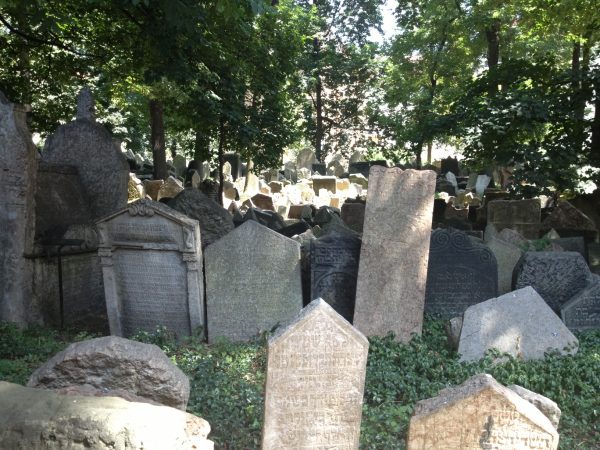
enjoying its interesting architecture,

lovely river ,
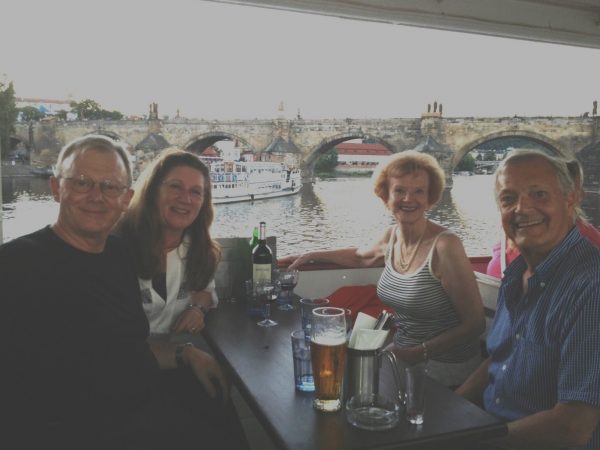
first-rate international cuisine,
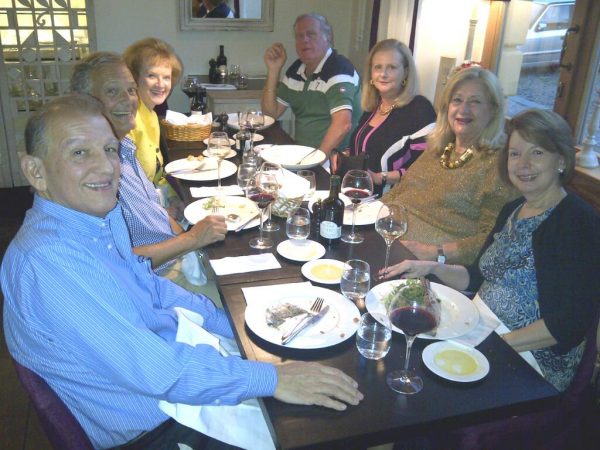
and wonderful music in exquisite chapels.

Boston July 22-25, 2015
The next IPA Congress has the intriguing title “Changing Worlds: the Shape and the Use of Psychoanalytic Tools Today.” In a very welcome letter of August 17, 2013, the new IPA president Stefano Bolognini and vice-president Alexandra Billinghurst apologized for the heavy-handed approach to maintaining confidentiality at the Prague Congress and promised to make amends to non-members by devising a better system for assuring confidentiality, by refunding part of the admission price, and by offering substantial discounts to non-members who attend the next IPA Congress. They believe that the IPA Congress should offer us all extraordinary opportunities to share in the excitement of new discoveries in psychoanalysis, meet analysts from every part of the world, interact and participate in debates, develop ideas with our colleagues, and see things through the eyes of analysts who may have very different approaches from our own. See you at the seaport in Boston, July 22-25, 2015.

